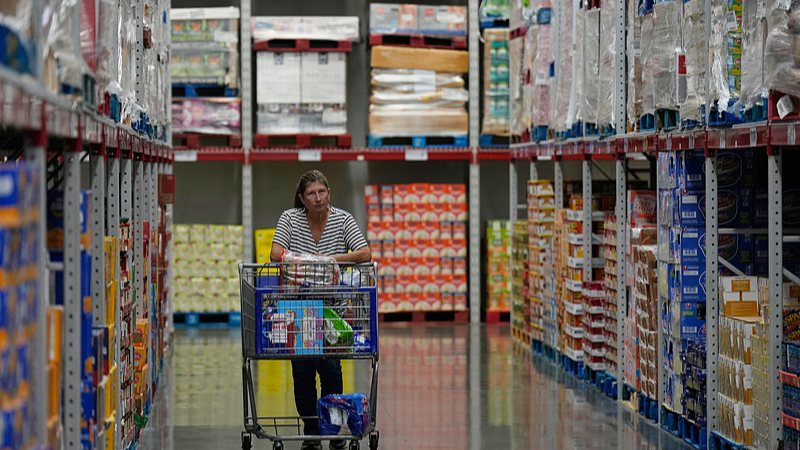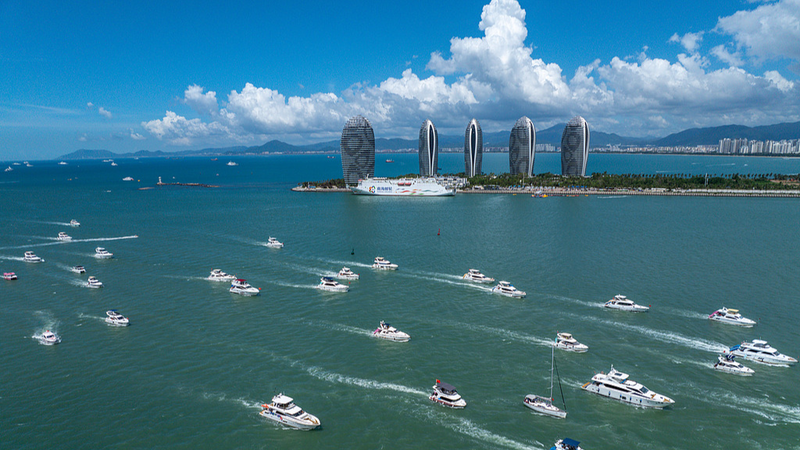New furniture and lumber tariffs are more than just headlines – they're hitting American wallets directly. Goldman Sachs' latest analysis reveals that U.S. consumers will shoulder 55% of these duties by year-end, a share that could climb to 70% in 2020.
Who's Paying the Tab?
In a client note, Goldman Sachs breaks down the tariff burden:
- Consumers: 55% of costs by end 2019, rising to 70% by 2020
- Businesses: 22%
- Foreign exporters: 18%
- Evaded or avoided: 5%
Inflation Under the Microscope
Thus far, these tariffs have nudged core personal consumption expenditures (PCE) prices up by 0.2%. Goldman Sachs projects another 0.16% rise in July, followed by a 0.5% bump through December. If underlying inflation stays at 2.4%, headline core PCE could hit 3.2% year-on-year in December.
Tracking Real-World Prices
Harvard professor Alberto Cavallo, along with researchers Paola Llamas and Franco Vazquez, tracked pricing on 359,148 products – from carpets to coffee – across U.S. retailers. They found:
- Imported goods are now 4% pricier since March's tariff rollout
- Domestic goods have climbed 2%
- Sellers have absorbed part of the tariff hit, so price hikes are smaller than duty rates
However, import prices excluding tariffs show foreign exporters are raising dollar prices, reflecting a weaker greenback against their currencies. "Foreign producers are not absorbing much, if any, of the U.S. tariffs," notes a Yale Budget Lab analysis.
Global Ripple Effects
As protectionism reshapes supply chains, everyday shoppers feel the impact at checkout. For young global citizens and entrepreneurs alike, these shifts underscore how trade policy reaches from boardrooms to dining rooms around the world.
Reference(s):
U.S. consumers bearing brunt of Trump's new tariffs: analysis
cgtn.com




